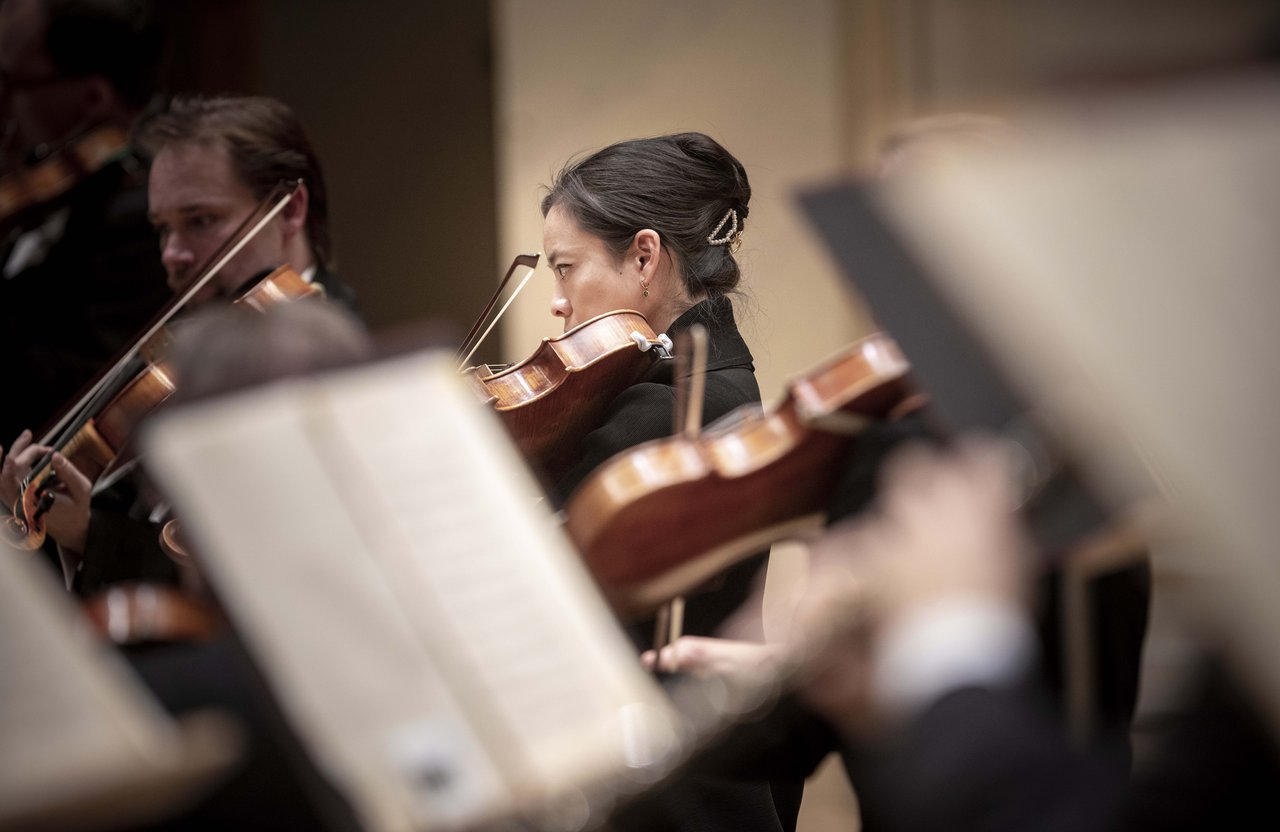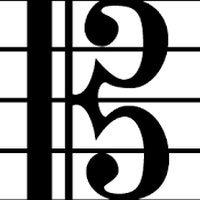10.00 Uhr
BlauWasserWal
 Konzerthausorchester Berlin, Pei-Yi Wu © Marco Borggreve
Konzerthausorchester Berlin, Pei-Yi Wu © Marco Borggreve
Just before September’s Instrument of the Month, the viola, is replaced by its successor, here are seven facts about the instrument that will hopefully solve many a riddle about the viola.
Did you hear that correctly... a riddle? Of course! Who actually knows whether the viola is the violin’s stepsister with a size 8 shoe, the cello’s aunt who smokes several packs a day, or rather the secret paramour of the double bass? And isn’t her name actually Viola? It is all of this and more, something different, a wonderful instrument in its own right – and here are some facts you should know about it:
The instrument is part of the string family of historic violas. These are bowed instruments similar in shape to today’s viola, but usually with more strings and also frets. Like today’s cello, they were held between the knees and played with a bow stretched into a half-moon shape. In contrast to this “viola da gamba” (Italian for leg), the “viola da braccio” (Italian for arm) also existed, without frets and somewhat smaller. Modern violin and viola instruments developed from it. Now it’s clear why the instrument is named viola, isn’t it?
The viola can call a clef its very own: The viola or alto clef (which it shares only with the alto trombone and celli playing very high parts). Here the middle c is on the middle staff line, at the small bend of the projecting curl.

Unlike violins and cellos, violas have no fixed sizes. Lengths usually vary between 39 and 43 centimetres, with professionals preferring larger instruments. This is because the viola is actually a bumblebee among instruments. Just as the insect shouldn’t actually be able to fly with its size and proportions, the viola shouldn’t be able to produce a sound. It is tuned an octave higher than a cello, but its sound box is actually too small and the strings too short for this pitch. The strings’ vibration characteristics are not optimal, which leads to the special, somewhat nasal – sharp tongues might say “snuffy” – sound of the viola.

Until the 19th century, the viola took on a lesser role in the orchestra. The instrument was easy to play, which is why less talented musicians frequently switched from the violin section. This gave rise to the clichéd image of the slow, ponderous, untalented, lazy violist. Romantic composers discovered the beauty of the instrument’s sound, but did not go as far as to allow the viola to perform either as a soloist or in a virtuoso manner.
The escalation of these clichés? Good viola jokes are as hotly traded in orchestras as freshly cleaned concert tuxedos. How nice that they don’t bother the viola section in the least. And if you want to read the latest quips about a much-maligned instrument, it’s best to ask an internet search engine.

Georg Philipp Telemann composed the first important solo concerto for viola in the history of music, and Haydn and Mozart had the instrument play important parts in their famous string quartets. But in orchestral literature, the viola’s breakthrough only came much later: Richard Strauss and Hector Berlioz gave the viola starring roles in their works.
The viola has even been celebrated with its own flash mob. In 2013, 353 violists met in a shopping centre in Portugal to perform together.
Photos: Marco Borggreve